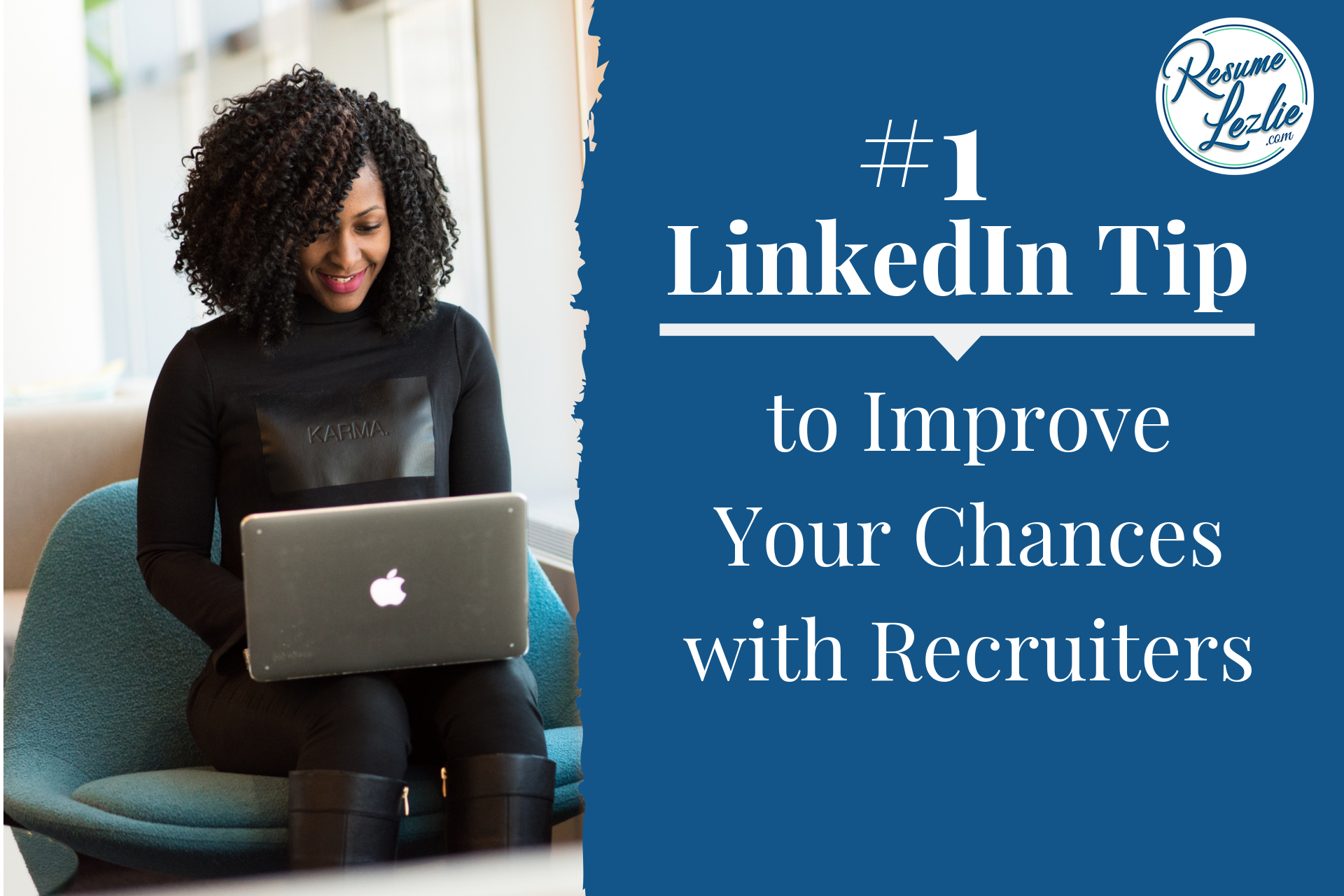I was recently having a conversation with a recruiter, and she mentioned that one of the latest additions to LinkedIn has become a very important tool that she uses when sourcing candidates for executive and professional positions.
Because she and most other recruiters receive and review so many resumes for any given position (the average is 250 resumes submitted per open position), she says it is common to group potential candidates into 3 categories:
- People they know
- People with new ‘Let Recruiters Know You’re Open’ feature setting turned on
- Everyone else
Before we get into that, it’s probably important to address the fact that there is a difference between what recruiters see throughout LinkedIn’s Recruiter Corporate and what the average person sees through the average – or even Premium – LinkedIn profile.
Without going into a full-fledged ad for LinkedIn Recruiter (which, I promise you, is not what’s happening here), all you really need to know is that LinkedIn Recruiter allows recruiters to view different information from what your connections or the general public would be privy to.
The reason that’s important is because one of the major aspects that recruiters can see (but your connections and the public can’t), is something that can hugely improve your chances of being recruited, and that is the “Let Recruiters Know You’re Open” setting. More on that below, but just understand that this is a new setting offered by LinkedIn that is visible only to recruiters, not your connections or the general public.
So, back to the 3 basic groups recruiters put candidates into:
People they know
This category includes people they know directly, referrals from inside the company, and referrals from other sources. So, as it turns out, the old adage is true – it’s (often) not what you know, but who you know.
This means that you should be consistently putting work into developing your network of contacts, not just reaching out to people when you need a new job. Keep up communications by sending people articles that you think they’d be interested in or sharing industry insights. Foster those contacts and relationships – even when you don’t need anything.
A great way to do this is by staying active on social media, especially LinkedIn. You can build relationships and stay ‘on the radar’ of important people in your industry by getting active in LinkedIn groups (especially groups by or about companies you’re interested in), commenting on posts, sharing posts of your own, and even writing your own article on a subject you know deeply.
All of these activities are a great way to make yourself visible to important influencers and decision makers in your space.
People with new ‘Let Recruiters Know You’re Open’ feature setting turned on
This is the whole point of this blog post, and it’s super important! ‘Let Recruiters Know You’re Open’ is a setting that will flag your profile as someone who is open to being contacted for new opportunities.
The best thing about this setting is that it is only visible through LinkedIn’s Recruiter Corporate (a platform exclusively for recruiters), so your contacts will have no idea. This means, if you need to, you can pull off a completely covert job search!
You can find this function by logging into LinkedIn and clicking your thumbnail profile picture on the left-hand side of the page to navigate to your profile. From there, scroll down a section called ‘Your Dashboard”. That section will include the ‘Let Recruiters Know You’re Open’ setting, which you can click on and then switch the toggle switch to On or Off.
Then just sit back and let the offers start rolling in!
…Okay, maybe it’s not quite that dramatic, but my clients have commented on the noticeable difference they see in recruiter contacts, especially once their profile is well-crafted and something to be proud of.
This feature has been a game-changer for recruiters and job seekers alike, so don’t miss out!
Everyone else
Chances get much slimmer in this group, as the candidate pool is MUCH larger. If a recruiter can’t find a crop of qualified candidates in groups 1 and 2, they’re forced to go through a lot of extra work to find them in Group 3.
Now, this doesn’t mean it’s impossible to be chosen as a qualified candidate out of Group 3, it just means that you’ll have to work harder to catch attention, since you’ll be surrounded by lots of other candidates – possibly hundreds!
This means your resume needs to be impeccable, and so do your social media accounts – especially LinkedIn! Remember, with so many candidates to sift through, recruiters are looking for any reason to nix as many unqualified candidates as possible.
Want more career-related goodness?
- Get a powerful 5-Step Resume Action Plan that will help you transform your resume into an interview-getting machine.
- Download my 54 Super Impressive Resume Action Verbs list by joining the Career Courage Facebook group.
- Find more DIY career resources here.
- Apply now for a free strategy call if you’re thinking about 1:1 services with a career expert.
